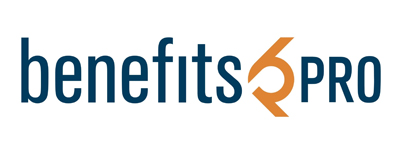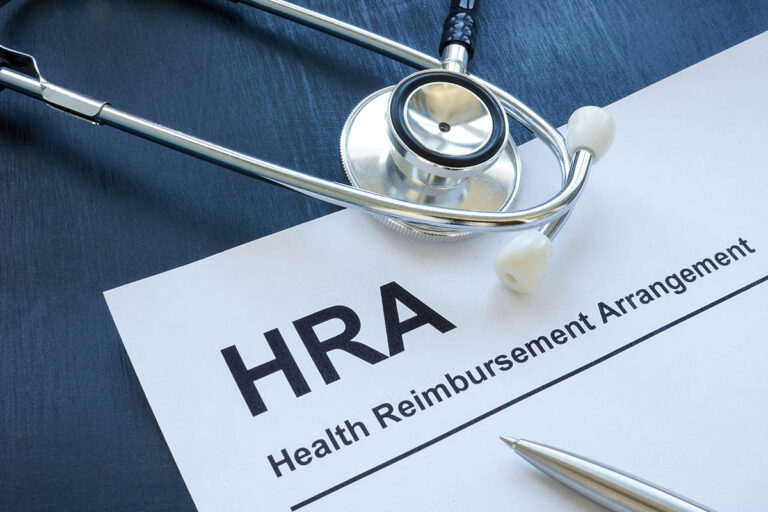
By now, we’ve all said and heard the sentiment a million different ways: The outbreak of the novel coronavirus has changed our lives forever. It has given us a new vocabulary, new lifestyle and a new outlook on what’s to come—both in and out of the workplace. It’s now time to plan for post-pandemic employee benefits.
Though I don’t speak for the entire industry, I know this process has been equal parts interesting and stressful for many of the employee benefits professionals I work with each day.
Our interest and stress come from the same place: a slew of initiatives handed down from federal, state and local governments—as well as C-suites—to ensure employers and employees were weathering the storm, signaling greater reform could be on the horizon. For example, we’re reacting and responding to programs like the Paycheck Protection Program (PPP).
The COVID-19 healthcare and financial crisis has forced many businesses to change focus from long-term strategy to keeping the lights on for another week as distractions and competing priorities continue to arise.
Now, as we acclimate to our new normal and work toward the next open enrollment season, it’s time to look ahead and get back into a long-term, strategic mindset. But how is that possible when our best options seem like an educated guess?
We believe the best way to start refocusing is to connect the dots from our biggest and best ideas last year to learnings from a global health crisis to help reestablish goals.
“Pre-virus”: So Many Options
Back in January, 2020 had all the trappings of a banner year for employee benefits: low unemployment, strong economic prospects and a number of promising startups bringing new EB ideas to employers.
In those days, we were thinking about ways to keep top talent engaged so they would remain loyal as competitors attempted to lure them away. We also had the bandwidth to start scrutinizing our plans and utilization rates to find ways to reduce costs while offering stronger benefits.
This required outside-the-box thinking and employers rose to the challenge. We were having more conversations with clients interested in innovative programs, cost containment strategies and customization.
We need to continue making time for these big-picture conversations.
Even now, as we wrap our heads around the crisis, we need to get out of “battle mode” and ask questions about the most effective way to offer the best benefits going forward.
The COVID Era: Putting a Spotlight on Employees
The outbreak of the novel coronavirus means something different in every region. Some states are hardest hit by the health crisis, while others are more impacted by the blow of the economic downturn.
Regardless of the impact, employers were tuned in. Many quickly established work-from-home policies, provided education on complicated leave regulations, reestablished financial wellness initiatives and, in anticipation of workers returning to facilities, took steps to make commercial workplaces safer.
This focus on the education and comfort of employees should continue to be part of the foundation as we move forward, and technology will likely play an even bigger role.
Looking Ahead: Know Your Numbers
As we come out of the initial shock of the COVID-19 crisis, it’s time to get proactive again. That means helping employers to take a hard look at benefits utilization, headcounts and permanent changes to employment policies.
When it comes to employment policies, the shift we’ve felt under social distancing guidelines won’t snap back immediately after restrictions are lifted. Major companies like Twitter have already announced a permanent switch to virtual-first work environments, and we expect to see a number of metropolitan offices replaced with far-flung meeting places outside of city centers.
Situations like this will raise new compliance issues for a team working from a variety of locations. And, for those employers who were forced to undergo workforce reductions, shrinking headcounts might have an unforeseen impact on insurance premiums.
My advice to employers: Make sure you’re getting a fair renewal rate by keeping an eye on your data and try to factor in the cost of care that has been put off while elective procedures in medical facilities were on lockdown.
At the end of the day, beyond the surge in telemedicine and need for robust mental well-being programs, the benefits that people need and the way they’re used probably won’t change much. Renewals will still come, so we can’t lose focus.
The pandemic has exposed some issues, we’ve adapted and learned a few things, but we still need to be as aggressive as possible when negotiations come around. We can do that by looking forward more than we look back to determine where we go from here.





